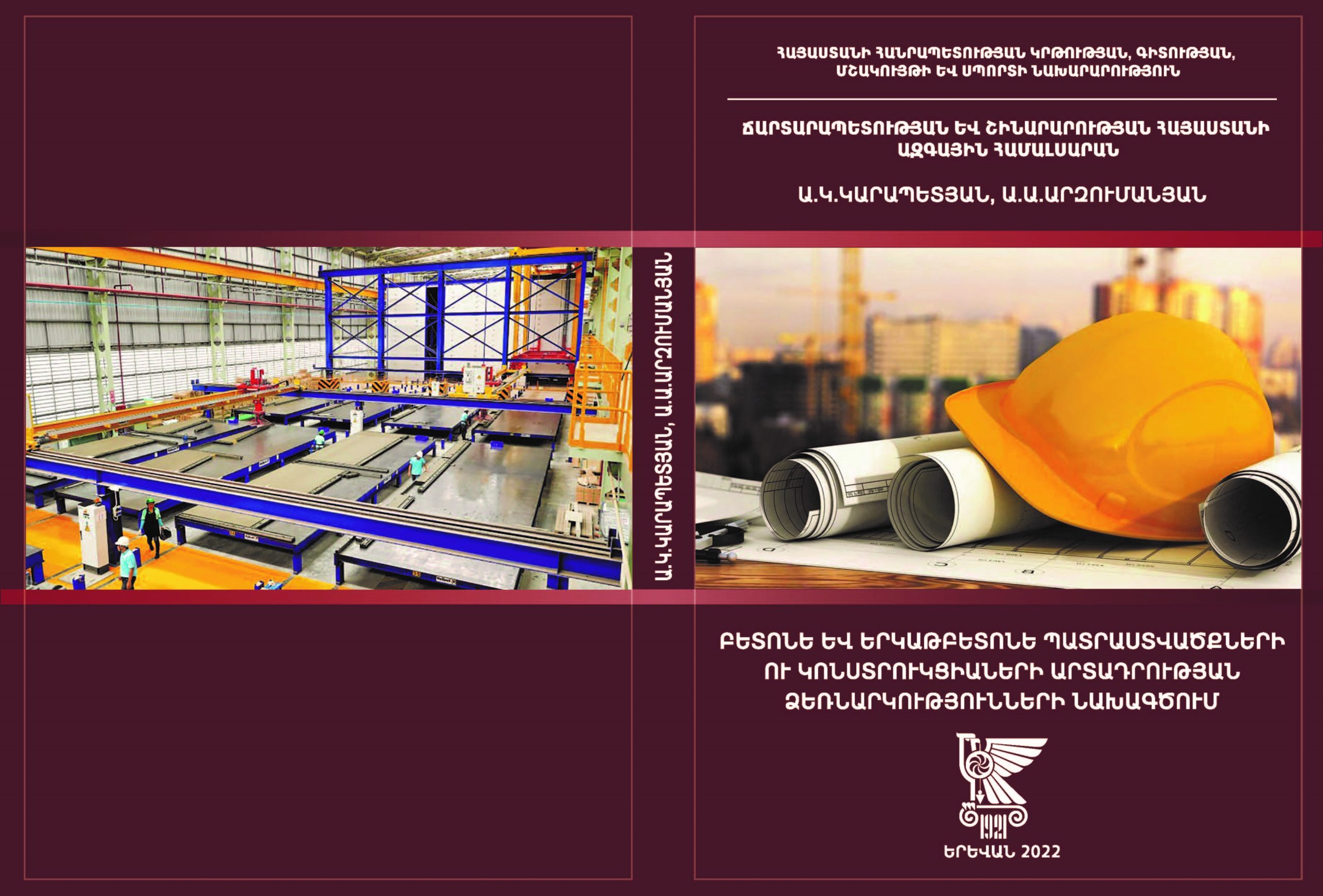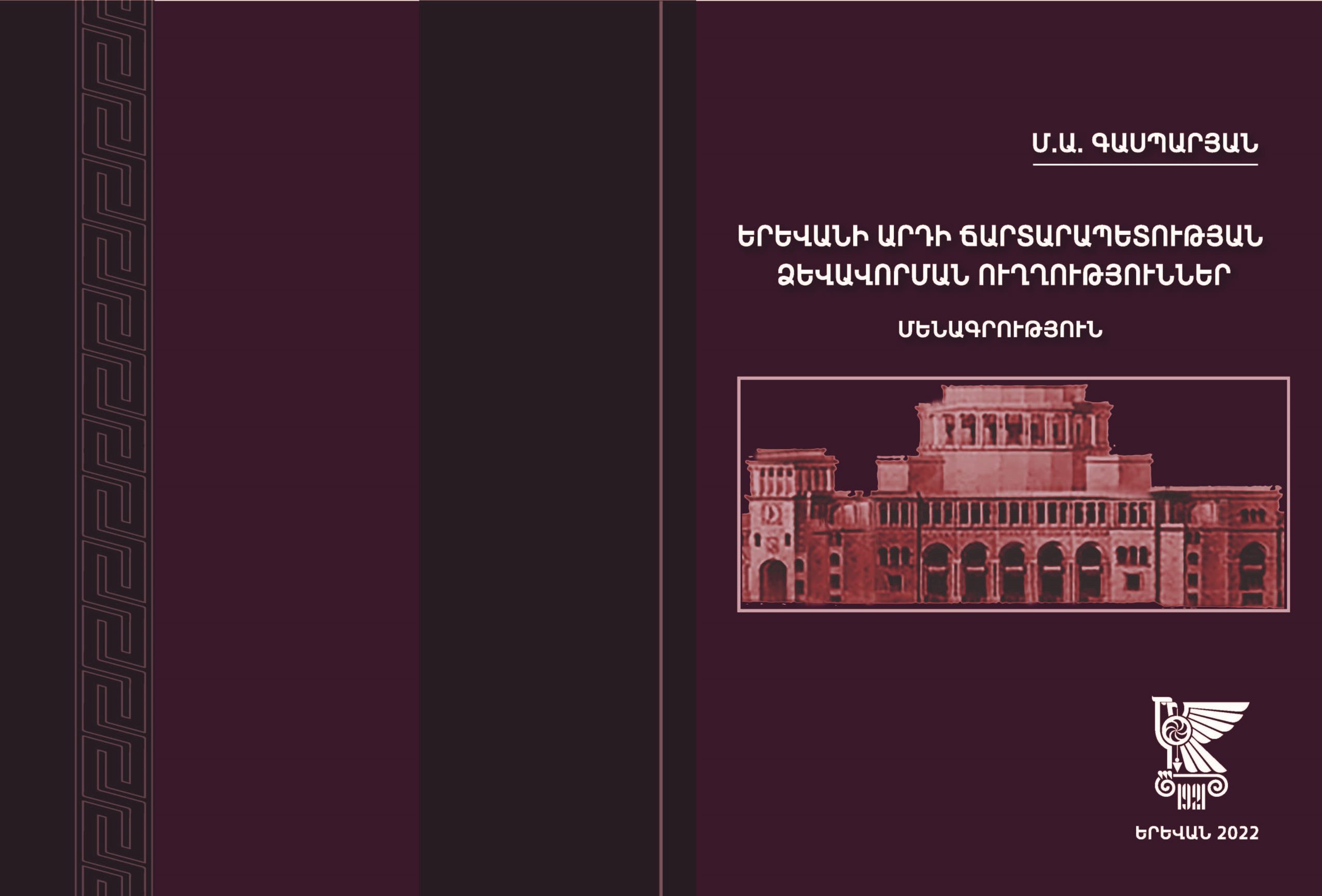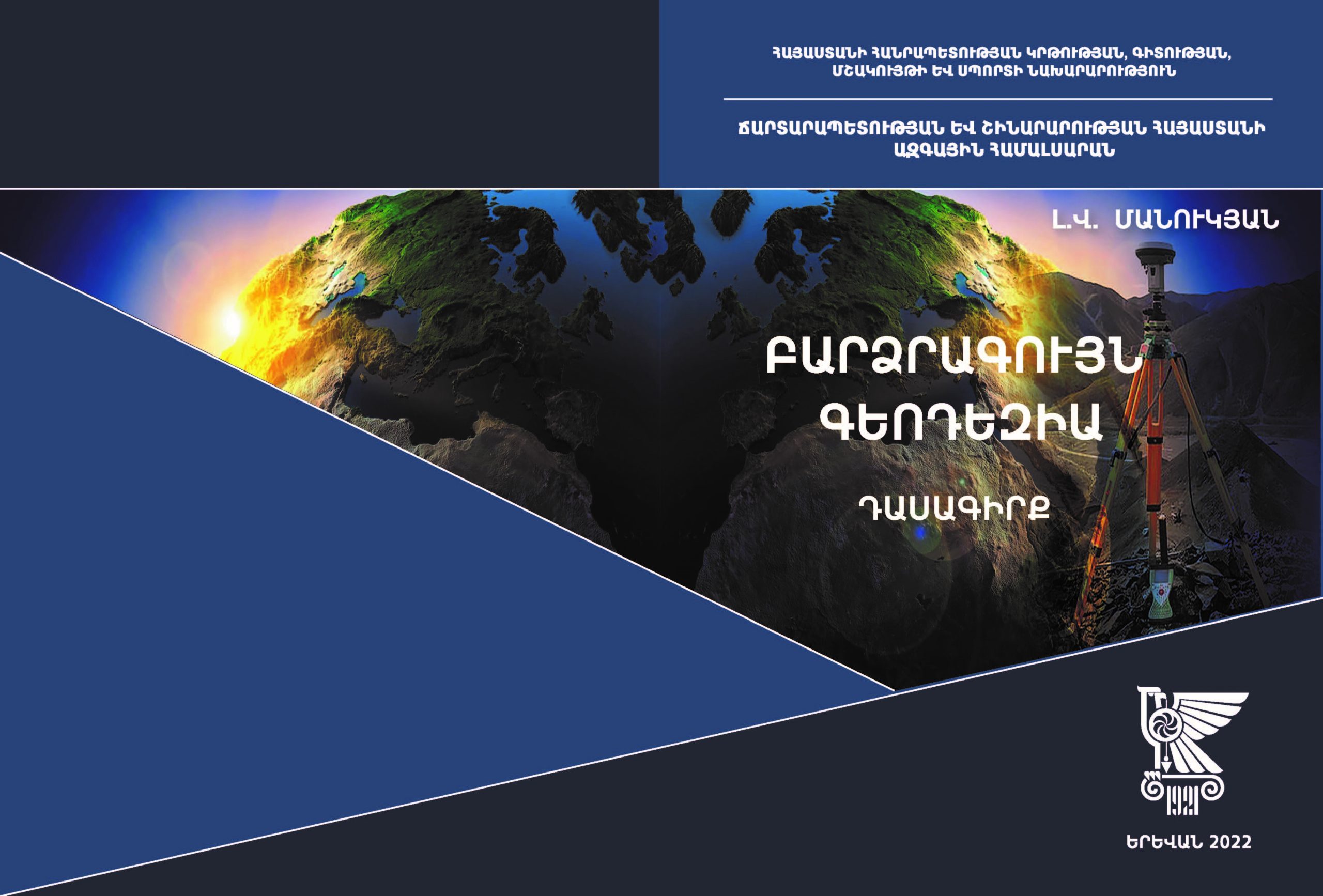NUACA publishing activity is regulated in accordance with the requirements of the industry laws, the University Charter and internal acts.
Within the framework of publishing activities, the University implements the organizing and internationalizing of publishing works of scientific periodicals, scientific and educational-methodical literature.
The implementation of publishing functions has two directions: scientific research, and academic, educational-methodical.
The University publishes two periodicals:
- Journal of Architectural and Engineering Research (E – ISSN: 2738-2656)
- Scientific Papers of National University of Architecture and Construction of Armenia (ISSN: 1829-4200)
Monographs, textbooks and educational-methodical manuals are guaranteed by the Scientific-Technical and Educational-Methodical Councils of the publishing University.

































